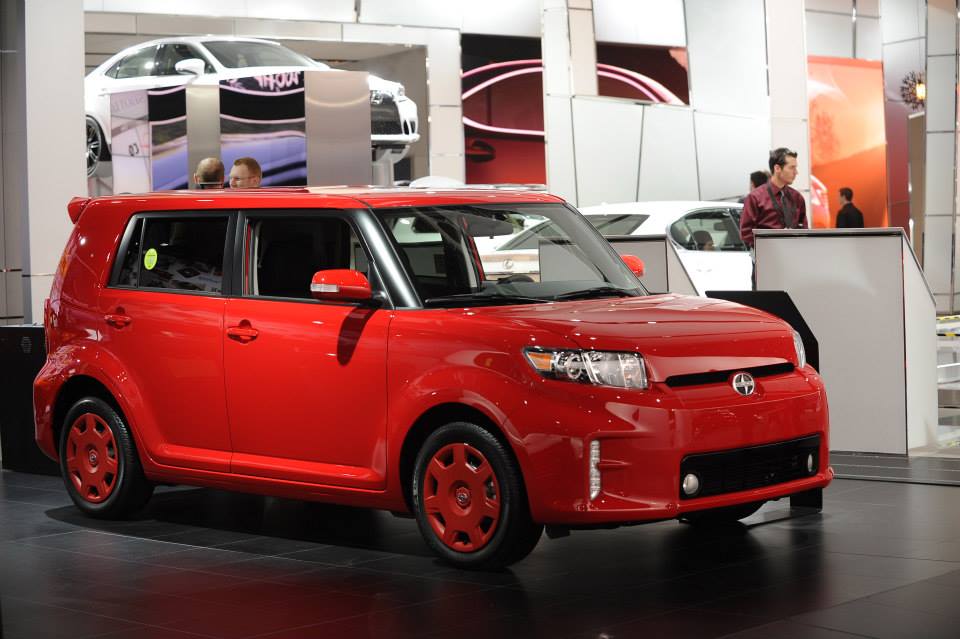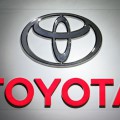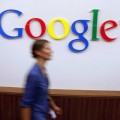
The 13-year-old brand had experienced slumping sales in recent years. Toyota refers to Scion as “an experiment” that taught the parent company how to reach younger buyers.
Toyota will discontinue Scion, rebranding its existing models to the parent company, it was announced Wednesday, Feb. 3.
The Torrance, Calif.-based make emerged in the early 2000s with unconventionally boxy-shaped models and a marketing campaign aimed specifically at younger and first-time car buyers.
Despite troubles in recent years, the announcement came as a shock since the brand introduced two new models for 2016, the iA Sedan and iM Hatchback. The company even previewed a sporty C-HR at a Los Angeles auto show in November, according to Motor Trend.
The C-HR will be introduced as a Toyota for the 2017 model year in August, according to Automotive News, as will the iA, iM and all other models currently marketed as Scions.
A statement from Toyota said that Scion “is now transitioning back to the Toyota brand.”
“This isn’t a step backward for Scion; it’s a leap forward for Toyota,” said Jim Lentz, founding vice president of Scion and now Toyota Motor North America’s CEO.
“I was there when we established Scion and our goal was to make Toyota and our dealers stronger by learning how to better attract and engage young customers,” Lentz said. “I’m very proud because that’s exactly what we have accomplished.”
The statement said that 50 percent of Scions went to buyers younger than 35. Toyota’s aim with Scion was to entice young and or first-time car buyers to the Toyota brand.
You Might Also Enjoy: Millennials Fall for these Car Insurance Myths
According to Motor Trend, Toyota hoped that “young buyers would grow up with Scion, graduate to something in the Toyota lineup, and ultimately end up in a Lexus … .”
In the press release announcing the changes, Toyota referred to Scion “as a laboratory to explore new products and processes to attract youth customers … .”
According to Toyota, discontinuing Scion came about because the parent brand now is able to reach the younger auto buyers to whom Scion was initially marketed.
Karl Brauer, senior analyst with Kelly Blue Book, agreed, to a point.
“I think when you have to unwind a brand and tell dealers it’s over, I don’t know how on some level you can’t say that’s a failure,” Brauer told Automotive News. “But I think it’d be more accurate to call it a learning experience or an experiment that they learned from but in the end proved unsuccessful.”
“Youth buyers are in a completely different position than they were 13 years ago,” according to Bob Carter, senior vice president of operations for Toyota Motor Sales.
“That’s really what’s driving this decision,” Carter told Automotive News.
Toyota is portraying the move is a victory, saying that younger buyers who may have shunned the Toyota brand at the time of Scion’s inception now have a more positive view of it.
It’s also true, though, that some viewed Scion as a lesser version of Toyota. Most models sold for less than $22,000 and offered limited options and trim packages.
“I think this really speaks to the difficulty of selling what I and a certain amount of people felt was a lesser Toyota,” Blue Book’s Brauer told Automotive News. “That’s what it always was to me, a lesser Toyota.”
There’s also no denying that Scion sales had slumped steadily since their peak in 2006, not helped by a two-year gap, 2013-2015, when dealers received no new product.
There was some question as to whether Scion was still actually rea the brand achieved that goal. “Some reports placed the average age of the Scion buyer at 49,” according to Motor Trend.





